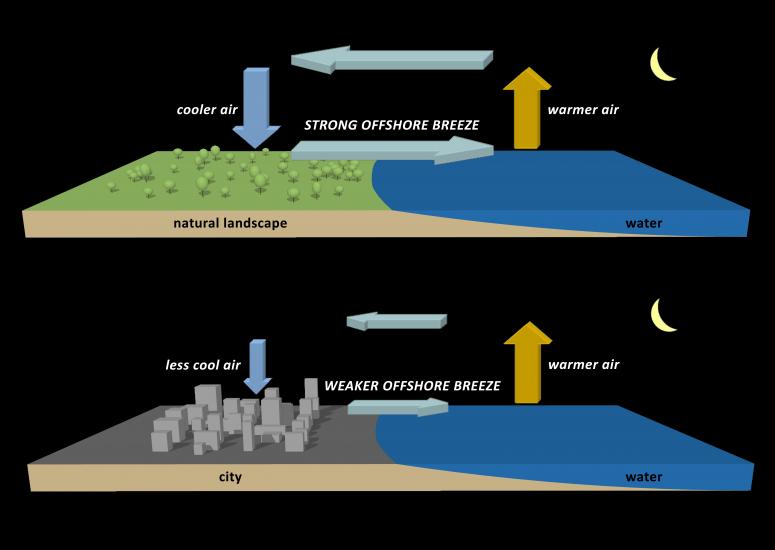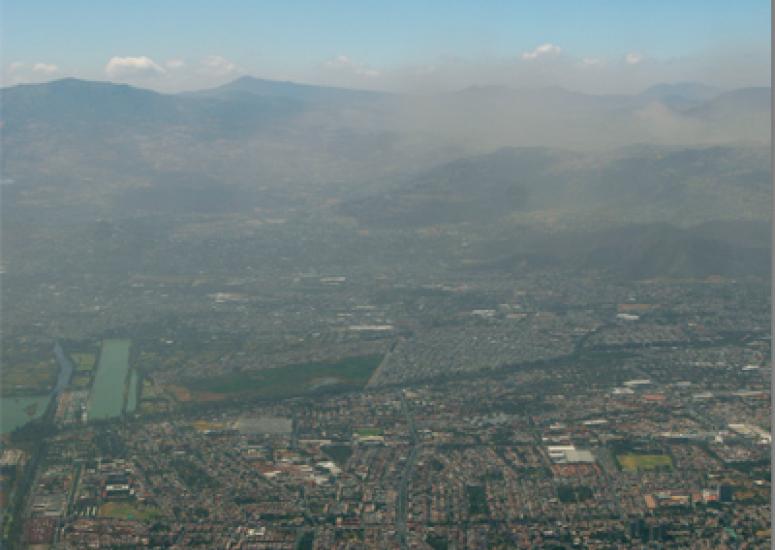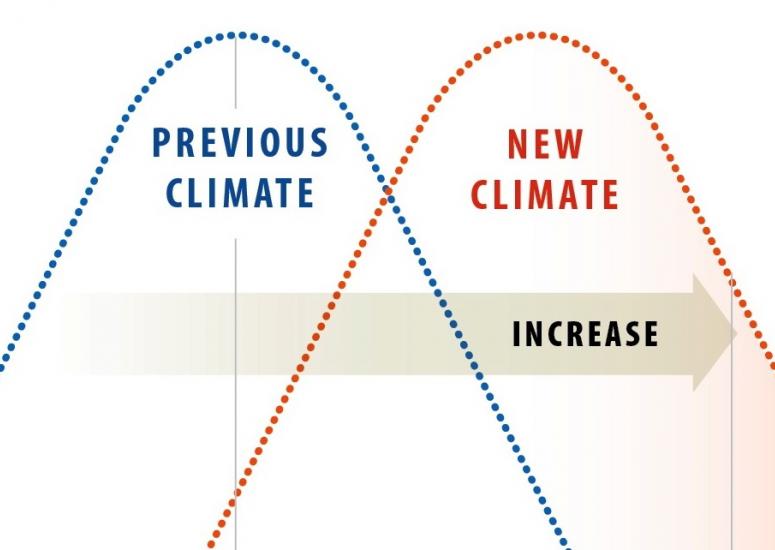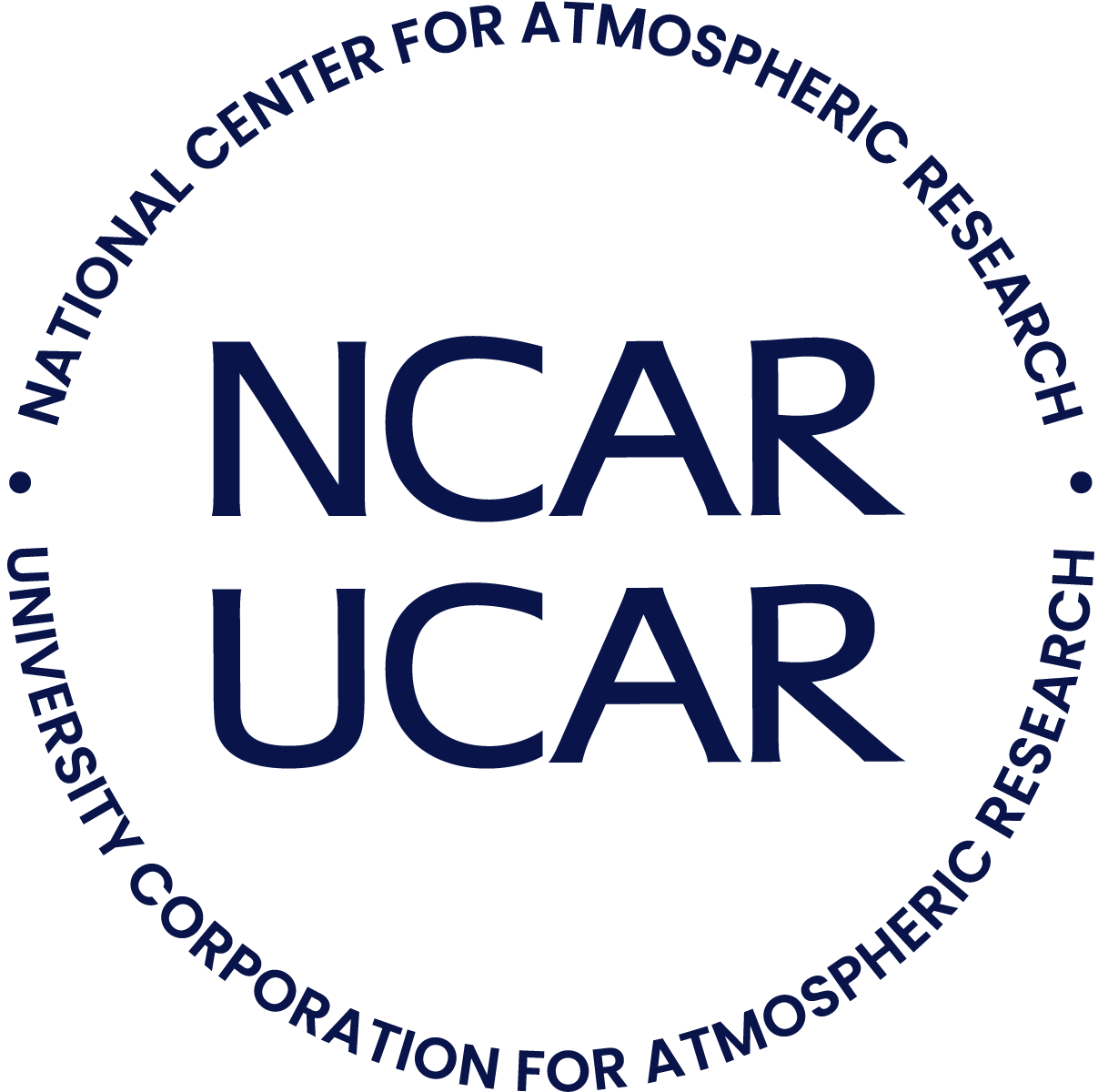-

Paved surfaces can foster build-up of polluted air
New research focusing on the Houston area suggests that widespread urban development alters weather patterns in a way that can make it easier for pollutants to accumulate during warm summer weather instead of being blown out to sea.
- Air Quality
-

Pollution’s second wind
The air in the vicinity of Earth’s biggest urban areas includes a wild variety of constituents emitted by cars, factories, trees, and much more. Tracking the fate of such air as it spreads outward is no simple task.
- Air Quality
-
A new model of the Sun’s open magnetic flux
The solar minimum that bottomed out from 2006 to 2010 was the longest and deepest since modern space observations began. Among other effects, it reorganized the areas of flux from open magnetic field lines that produce solar wind. NCAR postdoctoral researcher Liang Zhao is using data from the last two minima to revise a model of how open magnetic flux is transported through the solar atmosphere.
- Sun + Space Weather
-
The far-reaching Madden-Julian Oscillation
A new study led by NCAR’s Wei Yu and CU-Boulder’s Weiqing Han looks at the effects of the Madden-Julian Oscillation (MJO), the largest source of intraseasonal (within one season) variability in the tropics, causing wet and dry periods to alternate.
- Climate,
- Weather
-

A tail of record heat
How can a relatively small increase in the average temperature of the planet lead to numerous record-breaking heat waves? Part of the reason can be gleaned from a single graph.
- Climate

